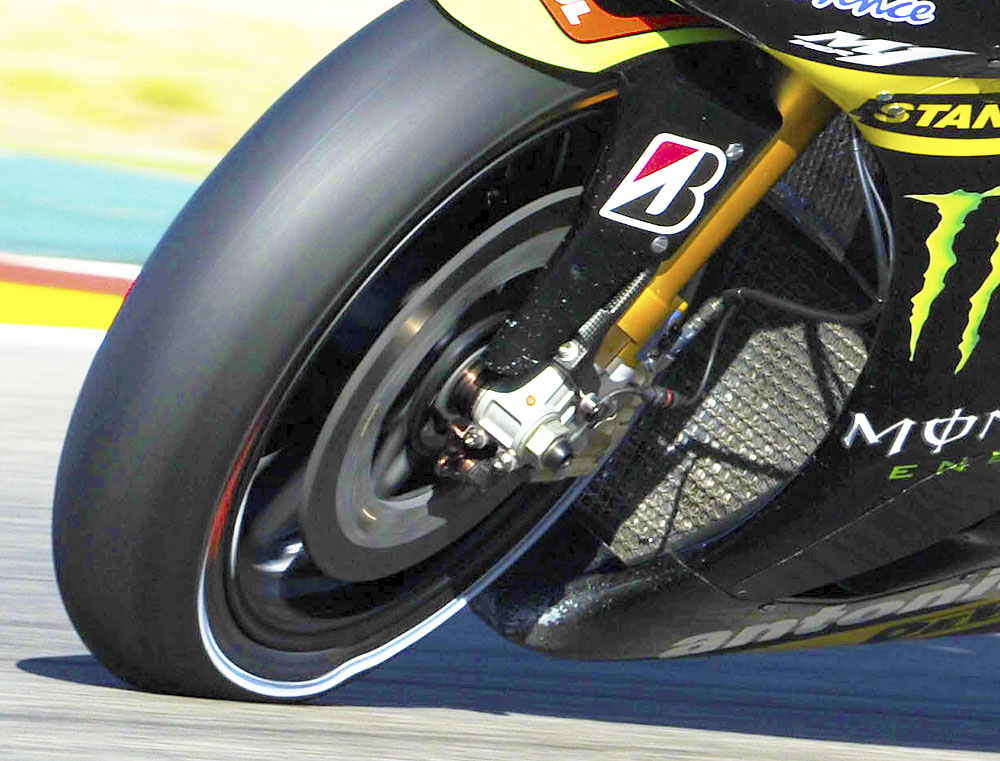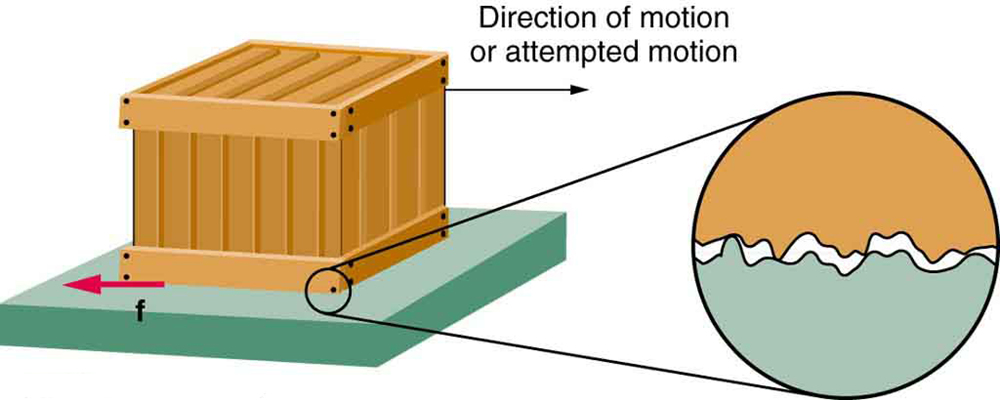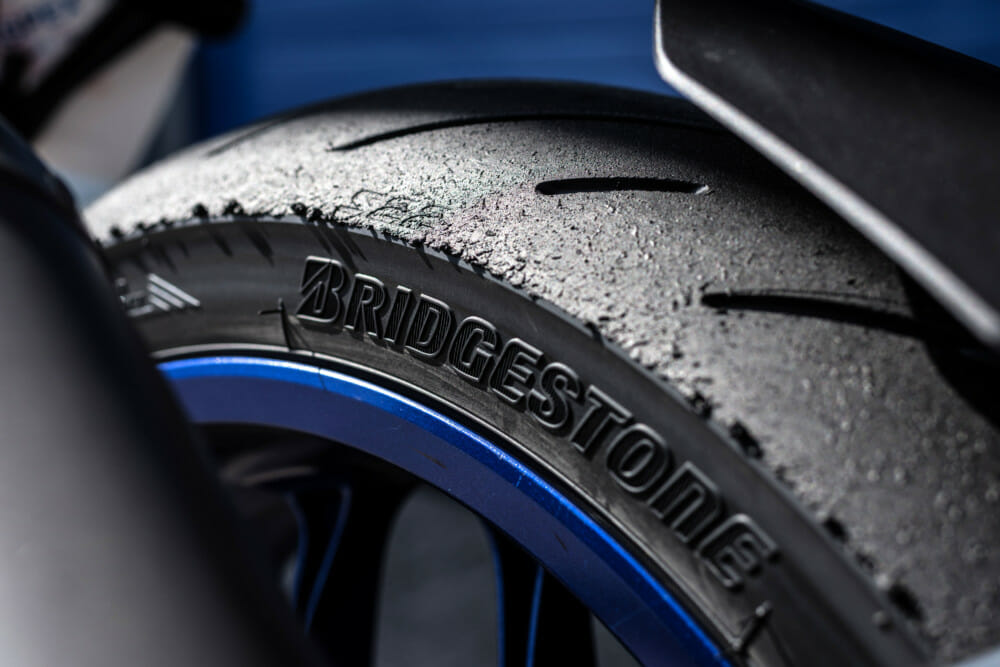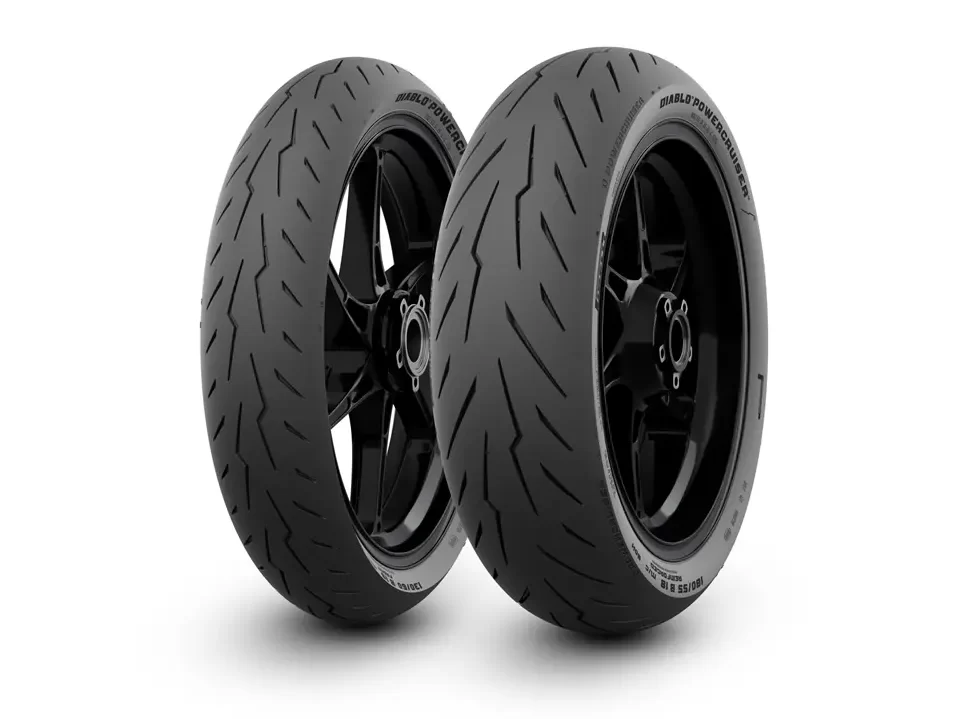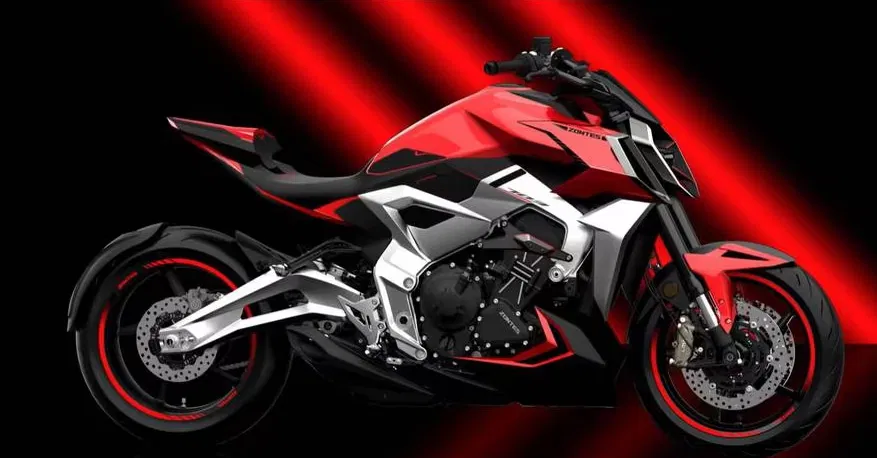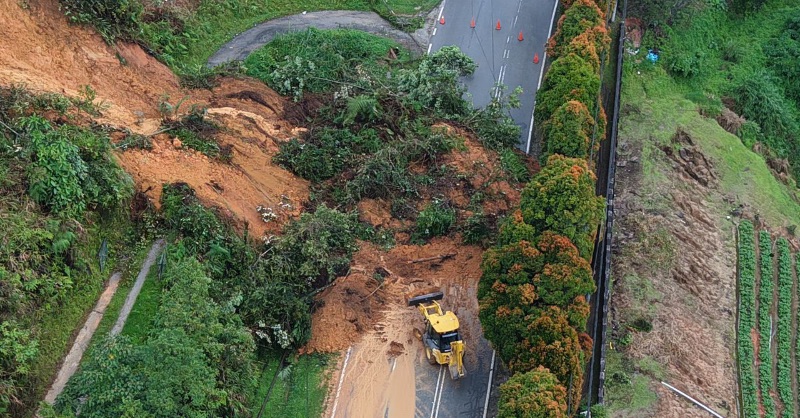-
We always talk about grip and traction.
-
But what exactly is traction?
-
It comes from friction but what then is friction?
We always talk about “grip” and “traction.” More specifically, which tyres are gripper and provide more traction other other tyres.
We know what tyres you are thinking of as soon as we said grip. But do you know what traction actually is?
Defining traction
“A physical process in which a tangential force is transmitted across an interface between two bodies through dry friction or an intervening fluid film resulting in motion, stoppage or the transmission of power.”
— Mechanical Wear Fundamentals and Testing, Raymond George Baye
That’s a mouthful, isn’t it? Isn’t there an easier way to describe it?
Friction is good
It has to do with friction. We think of friction as two rubbing surfaces: The rougher they are in relation to each other, the more friction is generated. It’s certainly true with traction. While the tyre’s thread has a smoother surface, the road aggregate is rough, thereby creating friction.
But c’mon, do you think we’re going to stop there?
In truth, even the smoothest surface has peak and valleys like mountain ranges when viewed under the microscope. When two of these surfaces interact, the peaks and valleys complement each other, while two “peaks” sort of “weld” into each other when they touch.
So how does a tyre generate grip/traction?
The tyre’s compound conforms to the peaks and valleys of the surface it’s on. The softer the compound, the easier it is for the tyre’s surface to conform to these irregularities, and vice versa a harder compound.
Also note the temperature of the tyre. The compound becomes softer through not only friction with the road but also through internal friction among its molecules.
This is also how tyre wear occurs.
But what about the traction needed during acceleration or cornering or braking? That’s for another part because it involves vectors, coefficient of friction, forces, mass, etc. so stay tuned.

